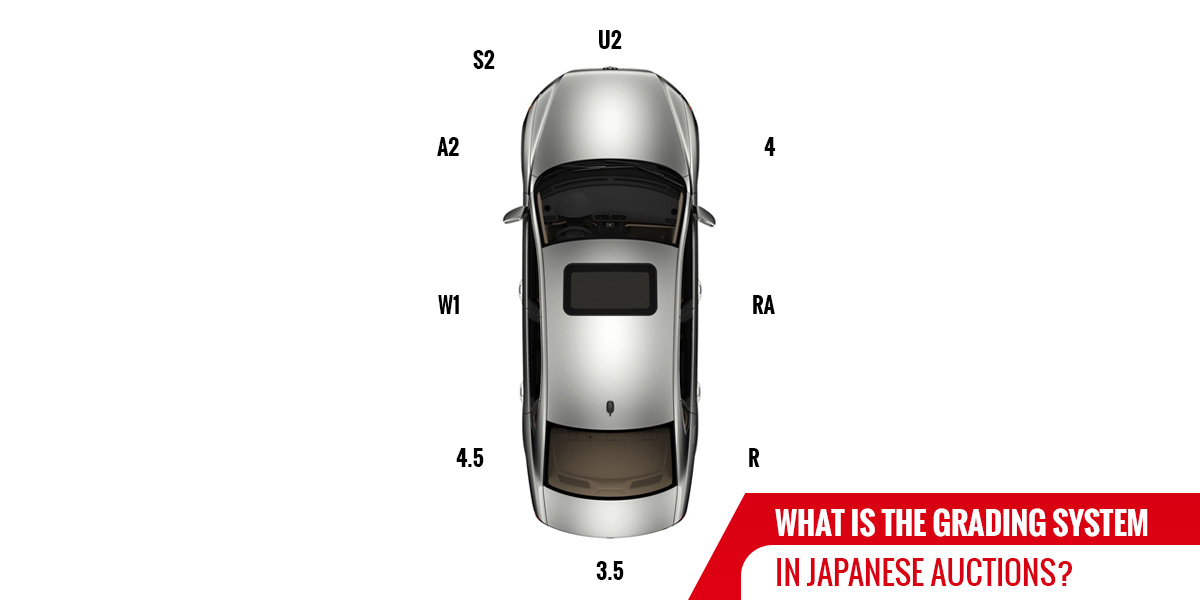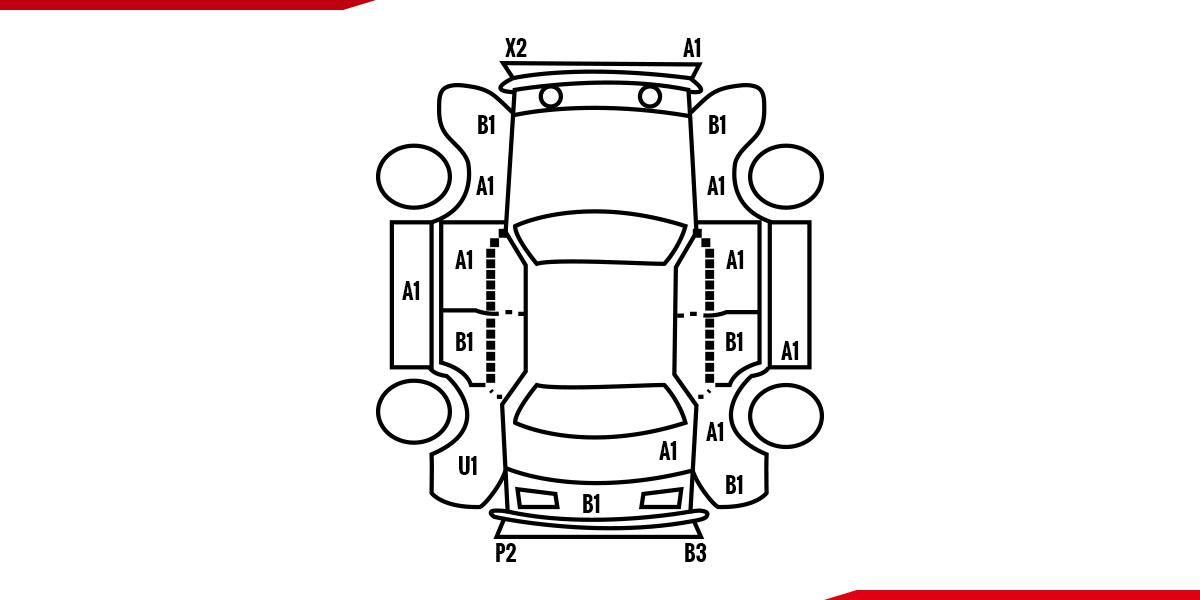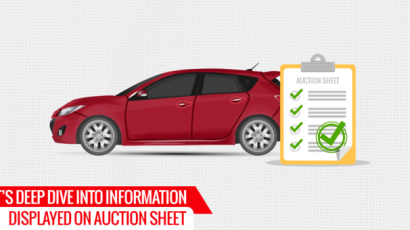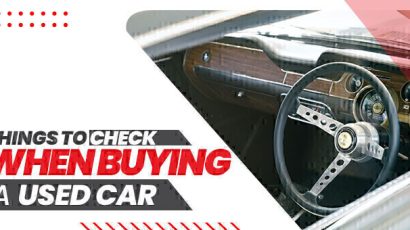
If you have ever experienced buying Japanese cars from auction you should be aware of the grading system of cars. In case you have are new to the car auction system and you have never participated in an auction before you should get enough knowledge about the grading system in Japanese auctions.
Each car at the Japanese Auction is inspected fully and strictly. There is no concept of comprising quality and the unit is graded with honesty. It is of utmost importance to check your auction sheet, if you don’t know how to read Japanese auction sheet and compare your car in Japanese or you should get help to get a clear idea of what is being shipped to you.
Various Types of Defects:
There are various types of defects that are reported clearly in the auction sheet that contributes to the Japanese grading scale in Japanese used car auctions. They are:
- Dents
- Scratches
- Cracks
- Rust
- Wave
Dents:
Therefore, dents can be further divided into three categories U1, U2, and U3 type of dents.
Scratches:
There are three types of scratches A1, A2 and A3.
Wave:
The wave is marked with W1, W2 and W3 on the auction sheet.
Rust:
The rust is identified with S1, S2, and S3 respectively.
Note: the numbers associated with letters show the intensity of the defect. For instance, W1 refers to a slight wave while W2 or W3 refers to a more visible wave.

Overall Grading of the Car:
There are almost 13 grading criteria to rank each unit they are:
S, 6, 5, 4.5, 4, 3.5, 3,2,1, R, RA, R1, RA1
Grade S:
The S grade is given to those cars which were registered within the last one year and hence, they have been driven less. they can be considered as next to new.
Grade 6:
This grade is given to those cars which have been driven for less than 30,000 KM. There is no need of any repairs and the car is slightly used.
Grade 5:
This grade is given to those cars which have been driven for less than 60,000 KM. No need for any repairs and the car is well maintained.
Grade 4.5:
A slight repair may be required but not mandatory to get any repairs. The car is considered as a good condition vehicle and most of the used Japanese cars in auction fall in this criteria.
Grade 4:
The grade 4 car might need some repair and maintenance but overall the car can be considered a well-maintained vehicle.
Grade 3.5:
These are high mileage vehicles and they need repairs which are mentioned in the auction sheet. The defects might be wave, rust, dent, or slight scratch.
Grade 3:
Though the condition of this car is not bad it is high mileage and it seriously requires repairs.
Grade 2:
It falls in a bad condition car which means severe defects and requires a lot of repair work.
Grade 1:
It falls in the category of modified, salvaged, and flooded cars.
Grade R:
This is the accident car and must have gone through severe damages.
Grade RA:
A badly damaged and repaired car after an accident.
Grade R1:
It is termed as R and 1 an extreme case of accident car.
Grade RA1:
The parts can be extracted and used, but they are not appropriate for driving. Therefore it falls in extremely damaged vehicle.
Besides the above-mentioned auction grading system the interior and exterior of the car is graded in the following way:
Interior Grading System:
1. Grade A:
There are no missing parts and no repairs are required. It is an excellent quality vehicle.
2. Grade B:
This is an above-average car which do not require any repairs and no scratches or dents are visible.
3. Grade C:
Slight repairs are required, visible cigarette burn marks, food spills, screw holes etc it require little spending on the repairs and cleaning.
4. Grade D:
The car contains stains and burns that might not be cleaned, so it is below average in condition.
5. Grade E:
A bad condition car, it may contain gaps in the dashboard, stains, and torn seats. It requires significant repairs.
Exterior Grading System:
1. Grade A:
A well maintained and excellent condition car.
2. Grade B:
The grade means that car contains 5cm to 15 cm long scratches.
3. Grade C:
This grade car contains dents, cracks, and waves the scratches are usually 15cm to 30 cm in length.
4. Grade D:
The grade means that the car contains rust, corrosion, dents, and scratches and they are more visible.
5. Grade E:
This type of car needs to be re-painted completely and it possesses several corrosion, rust, and scratches. It might require a change of panel.
The Japanese Auctioned Cars are strictly checked to fall in the above criteria before they are sold. If the car failed to pass the inspection it is not displayed for sale in the auction. Hence the culture of exporting Japanese cars globally is gaining popularity due to the durability and economical prices of these cars!
There are various social media marketing websites that are working specifically for the automobile industry.










